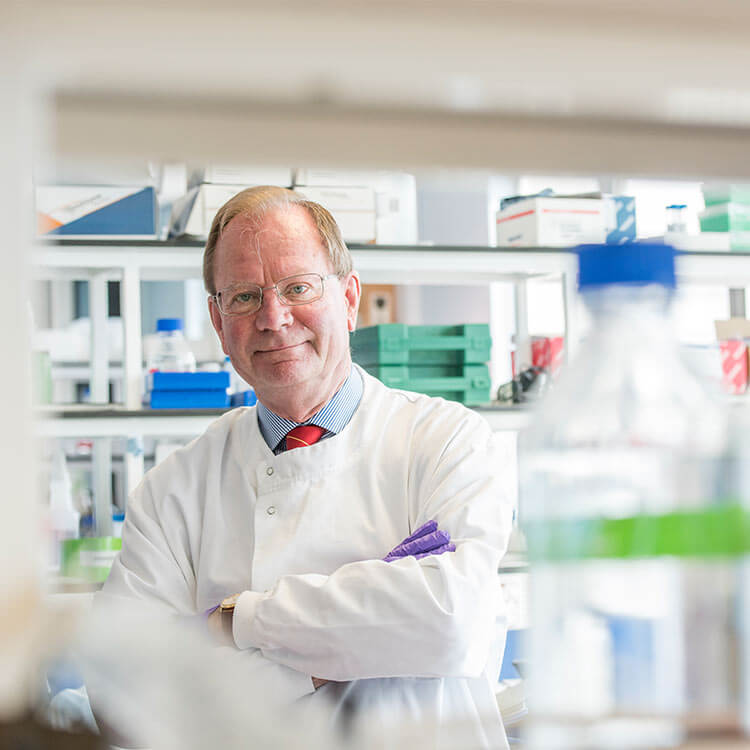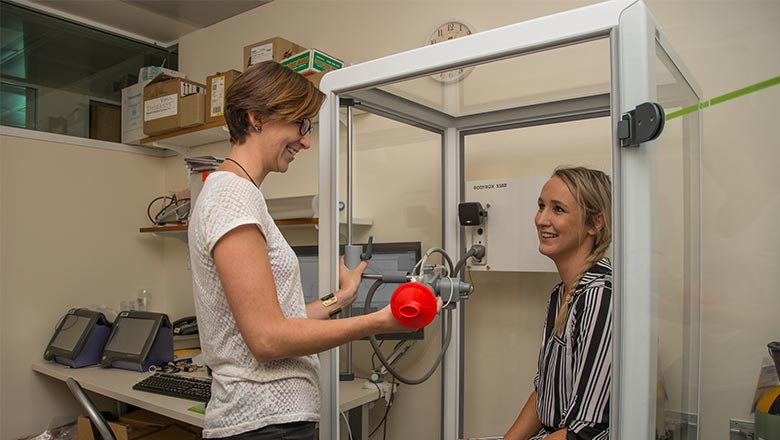Search

News & Events
Premmie twins defy the oddsWhen Samuel and James Considine were born in October 2003, perilously close to what the medical world describes as the limit of viability, each weighed just 700 grams and could fit into the palm of their father’s hand.

News & Events
Annual Community Lecture: You Are What You BreatheJoin us for our Annual Community Lecture entitled "You Are What You Breathe" with Professor Stephen Holgate.

News & Events
Researchers urge caution in how asthma test is usedResearchers are urging caution in the use of a widely accepted test for diagnosing asthma, after their study found it may not be accurate in some settings.
Research
Peri-operative adverse respiratory events in childrenWe screened for risk factors from children's and their families' histories, and assessed the usefulness of common markers of allergic sensitisation of the...
Research
Consensus statement for inert gas washout measurement using multiple- and single- breath testsInert gas washout tests, performed using the single- or multiple-breath washout technique, were first described over 60 years ago.
Research
Crowding and other strong predictors of upper respiratory tract carriage of otitis media-related bacteriaStreptococcus pneumoniae, Moraxella catarrhalis, and nontypeable Haemophilus influenzae is associated with otitis media
Research
Exhaled breath temperature in healthy children is influenced by room temperature and lung volumeExhaled breath temperature (EBT) has been proposed for the non-invasive assessment of airway inflammation
Research
Changes in lung volume during spells in children with Tetralogy of Fallot under general anesthesiaTo describe the changes in end-expiratory lung volume and ventilation inhomogeneities during spells in three children with Tetralogy of Fallot.
Research
Lung function testing in preschool-aged children with cystic fibrosis in the clinical settingThis study investigated the nature and prevalence of atypical pain responses in Rett syndrome and their relationships with specific MECP2 mutations.
Research
Associations between respiratory and vascular function in early childhoodThe link between respiratory and vascular health is well documented in adult populations. Impaired lung function is consistently associated with thicker arteries and higher incidence of cardiovascular disease. However, there are limited data on this relationship in young children and the studies that exist have focussed on populations at high risk of cardiorespiratory morbidity.
